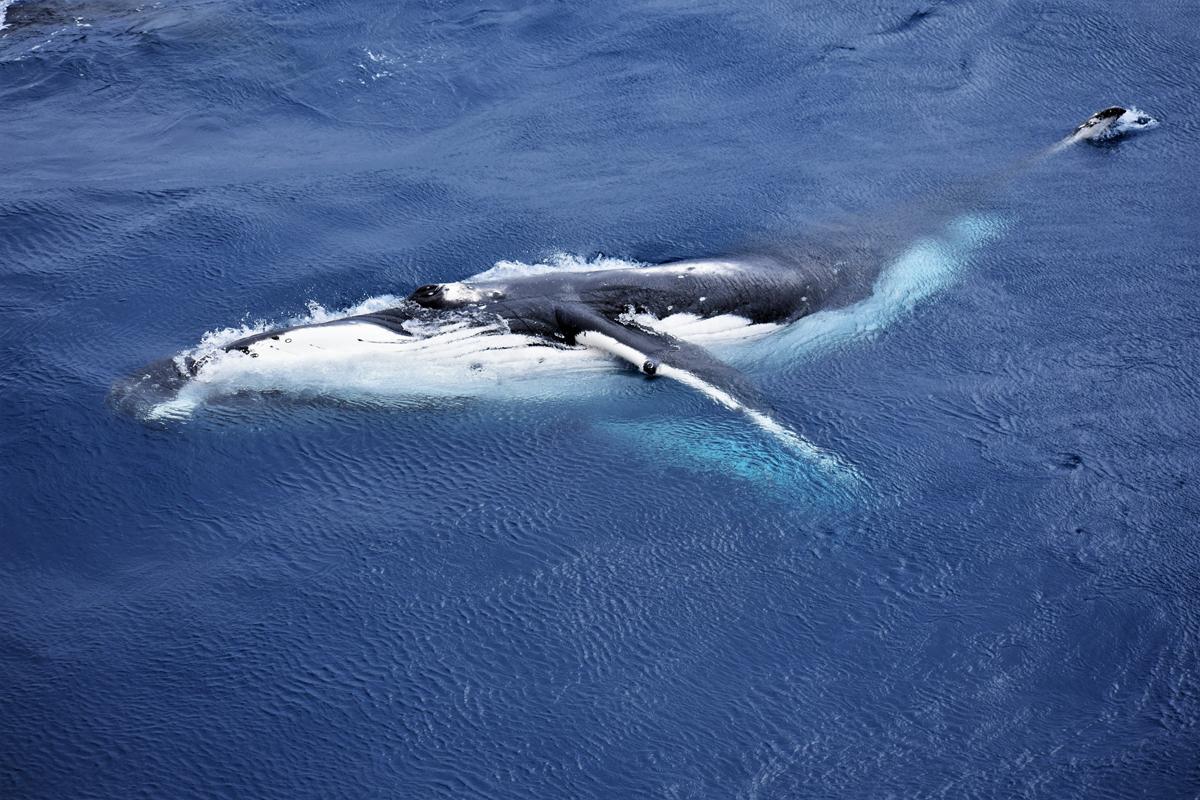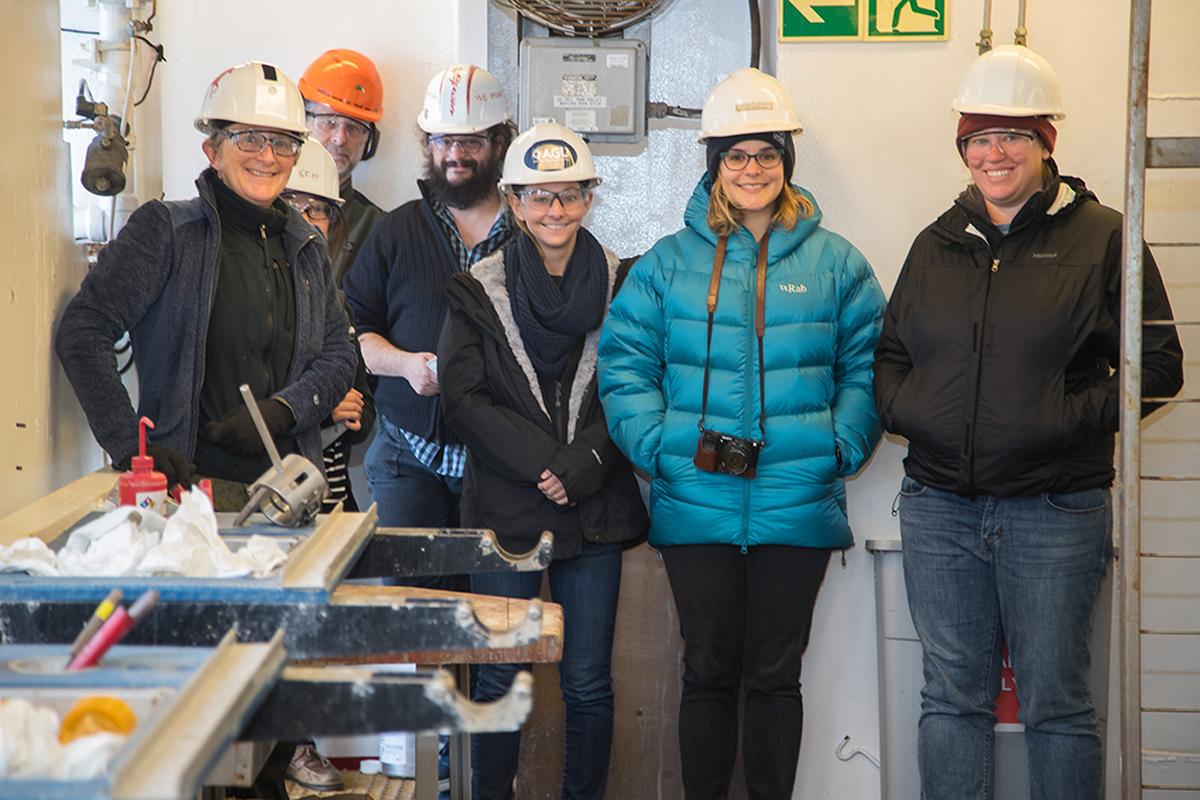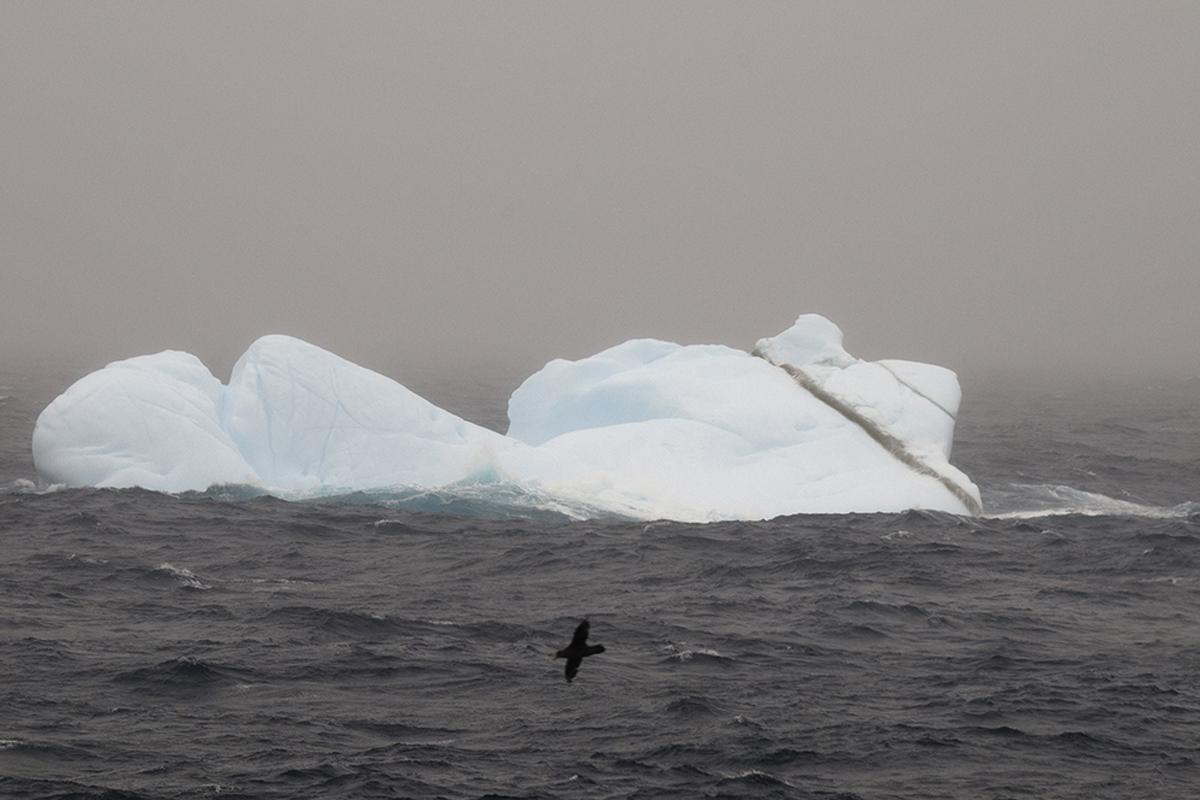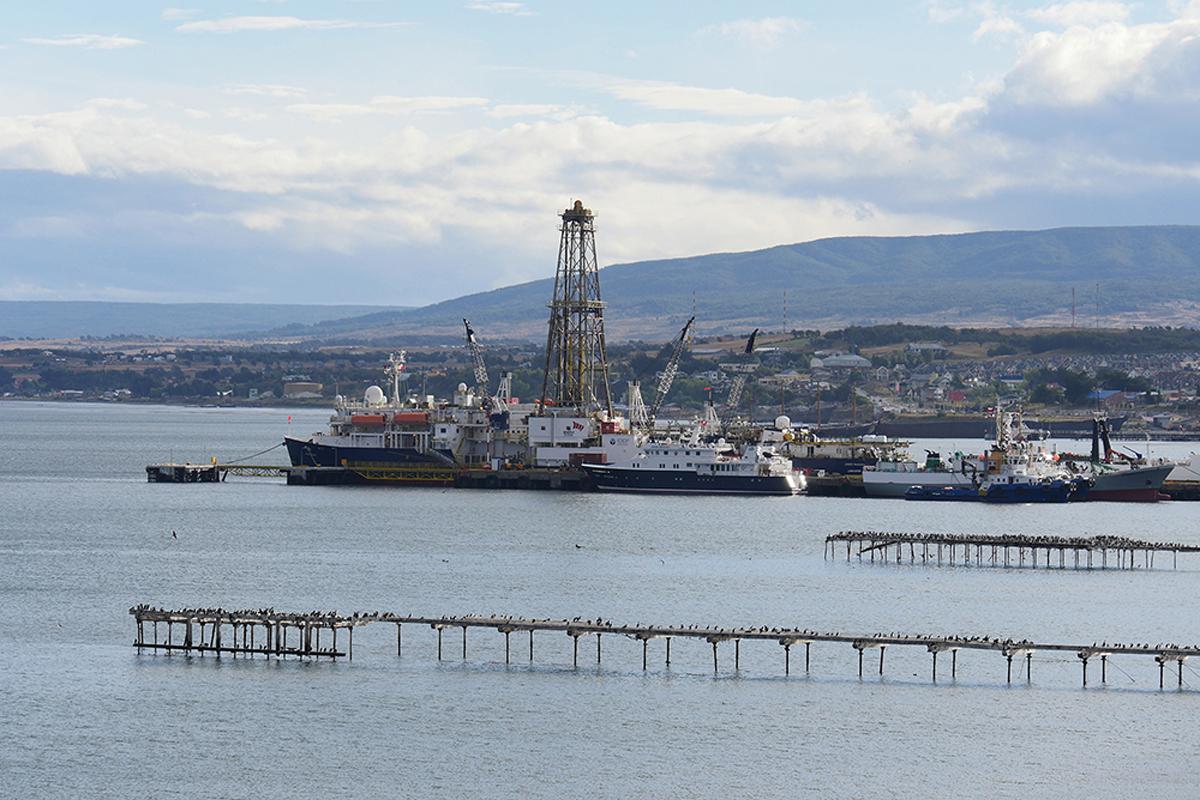It was frustrating - nearly a week and no new sediment cores below the previously drilled depth of 393 meters below the sea floor. One iceberg after another drifted into the security 'red zone' near the ship so that new drilling was not allowed: we had to have time to pull up our drill string if an iceberg decided to head directly for the ship, as is not easy to dodge an iceberg when you are still anchored to the sea floor by a 4-kilometer long drill pipe! At last we could resume drilling and we have now reached 504 meters. And the quality of the cores is remarkably good.
The goal of IODP (International Ocean Discovery Program) Expedition 379 in the Amundsen Sea is to study the history of the West Antarctic Ice Sheet, which is particularly sensitive to climate and oceanographic change, and which has begun to lose ice at an alarming rate in the last decades. A complete collapse of the West Antarctic Ice Sheet would lead to a rise of sea level of at least 1.5 meters, possibly more. It is also known that in the geologic past the ice sheet's behavior was very dynamic. What we want to obtain from this expedition are sediments that can be used to quantify the timing and rates of past ice-sheet collapses and regrowth, and how this history compares to the existing, independently determined geologic history of the earth's climate. The combined information will then be used in climate models to understand past, and predict future ice-sheet behavior.
I am one of 7 micropaleontologists on the Resolution. Together we examine single celled plankton, pollen grains and other fossils from sediment samples taken from the drill cores, and from these fossils determine the geologic age of the cores. This gives us the timing and rate of change in deposition of special sediment types that other scientists on the ship have identified are evidence for ice sheet melting or growth. The results of this expedition will be integrated into those from several previous IODP expeditions to the Antarctic. Together this work will provide a clear picture of how ice sheets have changed with changing climate in the past - and thereby illuminate what will happen to these crucial parts of our planet's climate system in the future.
Johan Renaudie (Paleontologist, Museum für Naturkunde Berlin)
Official website with media links and blogs from the expedition:
http://iodp.tamu.edu/outreach/expeditions/amundsen_sea_ice_sheet_history.html
Photos:
- Mink whale (Credit: Katy Smith, IODP JRSO)
- Christine Siddoway (Sedimentologist, Colorado College, USA), Reed Scherer (Paleontologist, Northern Illinois University, USA), Johan Renaudie (Paleontologist, Museum für Naturkunde, Germany), Delaney Robinson (Sedimentologist, University of Houston, USA), Mariana Esteves (Sedimentologist, UiT The Arctic University of Norway, Norway) and Michelle Penkrot (Physical Properties Specialist/Petrophysics, University of Florida, USA) await the first core. (Credit: Tim Fulton, IODP JRSO)
- Tilted iceberg showing sediments at bottom. These ice-rafted debris eventually drop in the sea as the iceberg melt and are found in marine sediments, which allow us to study ice sheets in the geological past. (Credit: Reed Scherer, Northern Illinois University, USA)
- The JOIDES Resolution docked in Punta Arenas, Chile, before departure. On-board: 30 international scientists, along with 27 technical scientific staff member and 60 crew members. (Credit: John Powell & IODP)



